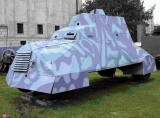List of author's articles
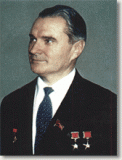
Academician Valentin Petrovich Gluschko

Aeroplane with convertible wings constructors I. I. Makhonine and G. I. Bakshaev

Aerosleds NKL-16/42

Alaparma AP.65 Baldo
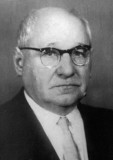
Andrei Nikolayevich Tupolev

Avia BH-1 Experimental to Avia BH-1 bis
An outline of the history of the creation and use of the first common powered aircraft of the design duo Ing. Pavel Beneš and Ing. Miroslav Hajn.

Avia S-199
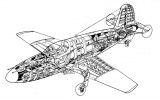
Bereznak Isaev BI-1

Bison concrete armoured lorry

Blackburn B - 20
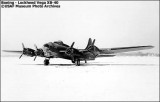
Boeing YB-40
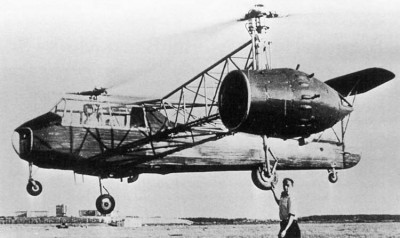
Bratuchin G-3
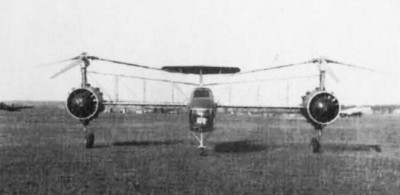
Bratuchin G-4

Chronological overview of S.A. Lavochkin's constructions

Cybin, Pavel Vladimirovich

Dzhugashvili, Jakov Josifovic
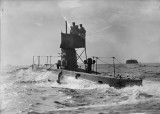
First submarine sunk by aircraft attack
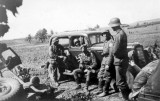
GAZ- M1
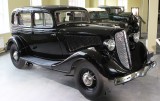
GAZ-M1
This car was practically the only RKKA command vehicle during the most difficult years of the war. It was not an ideal solution, originally a purely civilian car, it did not adapt perfectly to military purposes. A number of versions were created, the car was further developed throughout the production period, including the 4 x 4 version. Only later was it replaced by American Willys MA and MB vehicles from Lend Lease vans.

Grušin - avietka „Okťabrjonok“

Grušin Š-tandem
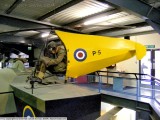
Hafner H-8 Rotachute
Raoul Hafner created his first air design in 1929 in Austria - a helicopter. In 1937 he came to England, where he continued his efforts to develop a successful gyroplane.

Hafner H-8 Rotachute

Icarus Rogozarski IK-3
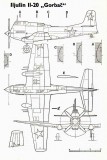
Ilyushin Il-20

Improvised armored trucks GAZ-AA and ZIS-5 (ГаЗ-AA, ЗиС-5)
It is a sad but proven fact that most of all, human imagination is stimulated by struggle, war, conquest. And the moments of being and not being are among those when the brains are whipped to the extreme and ideas emerge that would not normally see the light of day under normal circumstances. What serious reason would reject as complete nonsense becomes not only possible in the crisis, but also directly and desirable, and then often the only possible one.
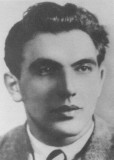
Julius Fučík
Julius Fučík was a Czech communist journalist, literary and theatre critic and translator, executed by the Nazis for his participation in the anti-Nazi resistance. After 1948 he became an icon of the entire communist ideology.

Junkers Ju 287
The Junkers Ju 287 project was created as part of studies conducted with the aim of creating a heavy bomber that would surpass not only current but also future fighters of potential opponents. The use of the arrow wing was a bit fashionable in Germany and at this time already processed by relatively solid theoretical works.

Kalinin K-3
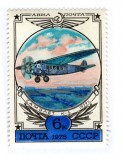
Kalinin K-5

Kalinin K-7
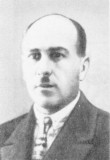
Konstantin Alexeyevich Kalinin
Kuro - Sha winged tank project
Interest in airborne forces can be traced back to at least 1917. Paratroopers' units dropped by parachutes could be deployed in areas difficult to reach ordinary ground troops and also bypass fortifications, conducting reconnaissance or repelling an attack from early-detected access roads. In addition, the potential for paratroopers anywhere on the battlefield forces the enemy to set aside forces to defend against a possible airdrop and thus weaken the troops. However, for such benefits, he is forced to pay with a firepower that is much smaller than the ground forces, and a significant dependence on supplies from the outside and, as a result, the inability to support his own combat capability for a long time.
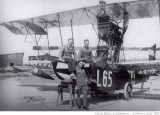
Lohner L
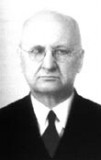
mitry Lyudvigovich Tomasevich

Nieuport triplanes

Notes on American interwar aeronautics - Part 1

Notes on American interwar aeronautics - Part 2

Operation Anthropoid

Porohovschikov, Alexandr Alexandrovich
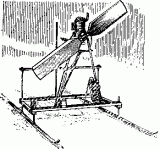
Russian and Soviet aerosleds - Part 1

Russian and Soviet aerosleds - Part 2
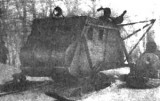
Russian and Soviet aerosleds - Part 3
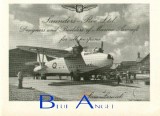
Saunders Roe S 36 Lerwick

Savoia-Marchetti SM.92

Short S.25 Sunderland

Stalin, Vasily Josifovich

Supermarine Scapa Mk.I
After experience with the construction of three-engine flying boats (Nanuk - Solent - Southampton X), chief designer RJ Mitchell came to the conclusion that in terms of the ratio of performance and hydro- and aerodynamic properties, the most suitable form of flying boats is a twin-engine concept.

Supermarine Stranraer
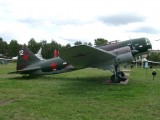
The first Soviet air raids on Berlin
According to hitherto known sources, the idea arose to bomb the German capital right at the beginning of the war after the first German raids on Moscow. The main problem was the long distance from Soviet airports and the very fast initial advance of the German armies. In addition, experience from the first battles showed the fact that the Soviet Air Force does not have a machine capable of conducting such raids. Heavy bombers of Tupolev's design, such as the TB-3, had sufficient payload and initially range, but were too slow. And there weren't many modern designs ...

The first Soviet air raids on Berlin Part 2
With the advance of German troops into the Soviet hinterland came raids on Moscow. Its significance for the Soviet people was not only factual - the most important industrial center, the largest traffic junction, the center of scientific research, but also symbolic. The capital, the seat of all central institutions, including the representative of the highest - J.V. Stalin. The first German air raids quickly brought the idea of retribution.

Tupolev ANT-1

Tupolev ANT-2
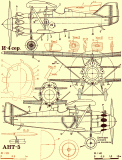
Tupolev I-4 (И-4))

Umbra AUT.18

Vasily Stalin - the rocket career and the steep fall of Stalin's son
The story of the dazzling career of the son of a great leader, which fulfils the old adage to the letter: he who flies high, falls low...
Vezdyechod
Vezdyechod had, among other things, a trully remarkable armor. The armored hull, established on the welded frame was formed by two plates of cemented boiler plate about 2 mm in strength each, between which was a layer of pressed dried sea grass.

Vladimir Fyodorovich Savelyev

Wiener Karosserie- und Flugzeugfabrik

Yakovlev EG

Yakovlev Yak-100
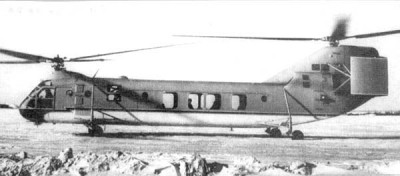
Yakovlev Yak-24
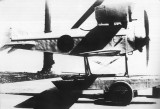
Yokosho 1-Go

Yokosho/Yokosuka 1-Go
Join us
We believe that there are people with different interests and experiences who could contribute their knowledge and ideas. If you love military history and have experience in historical research, writing articles, editing text, moderating, creating images, graphics or videos, or simply have a desire to contribute to our unique system, you can join us and help us create content that will be interesting and beneficial to other readers.
Find out more
